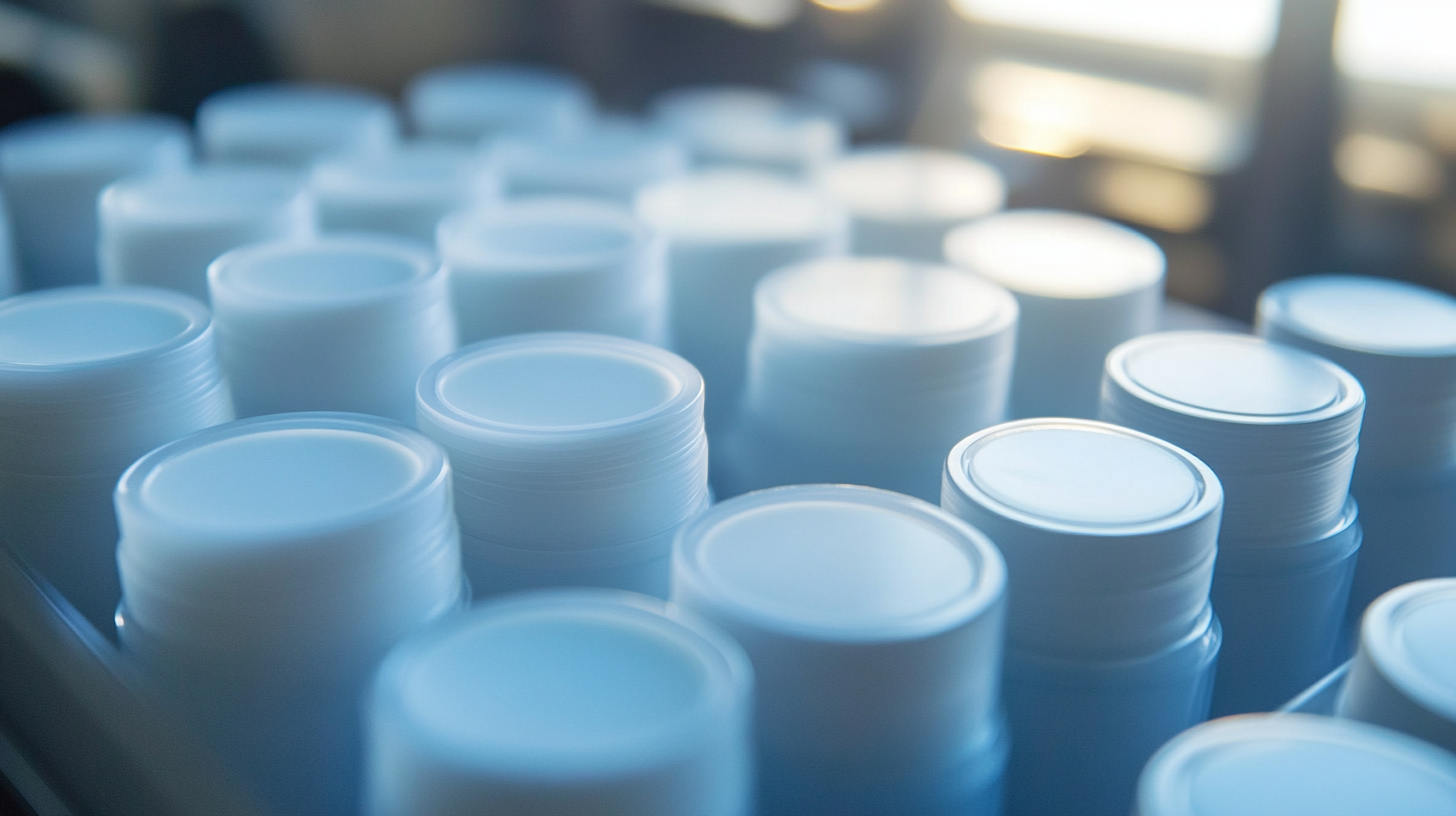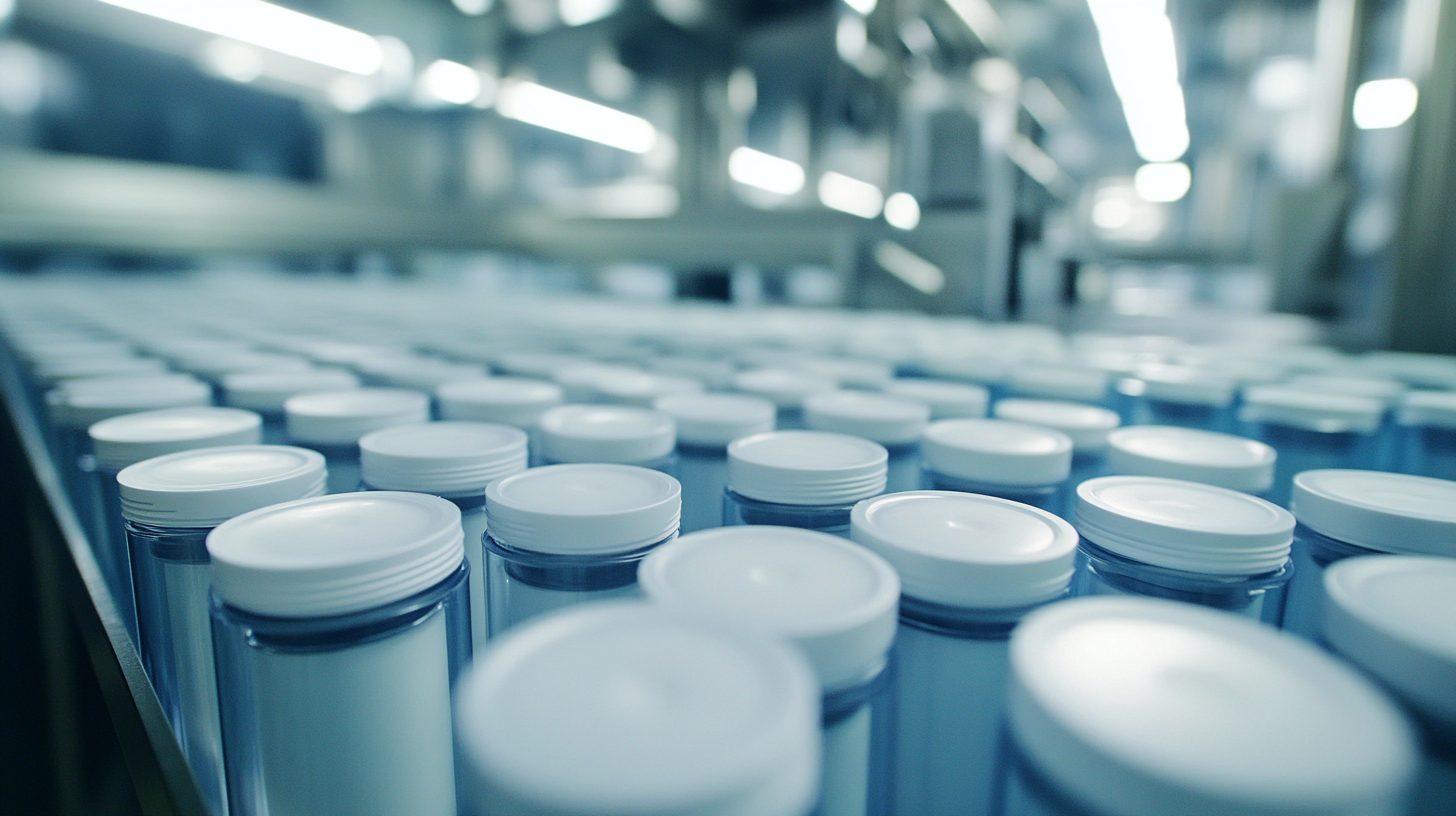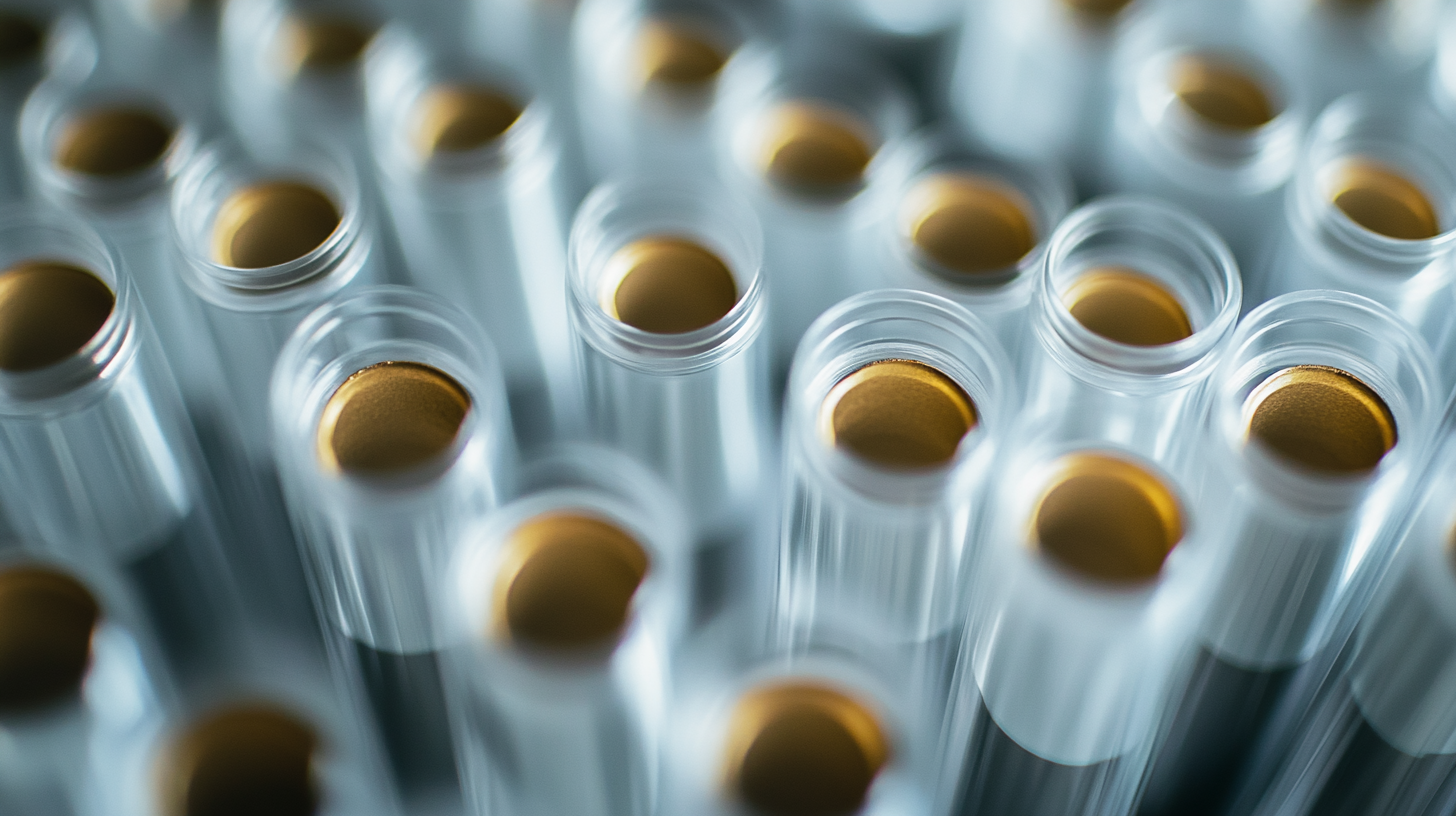
Understanding the Industry Standards for Best Empty Chapstick Tubes Production
The production of Empty Chapstick Tubes has become a focal point in the cosmetic packaging industry, particularly as consumer demand for eco-friendly and sustainable options grows. According to a recent report by Smithers Pira, the global market for cosmetic packaging is projected to reach $33 billion by 2024, with a significant shift towards materials that reduce environmental impact. As brands increasingly seek alternatives to traditional plastic tubes, the emphasis on quality, safety, and sustainability in production processes is paramount. Industry standards have evolved to include the use of recyclable materials and the adoption of biodegradable options, which align with changing consumer preferences. This blog will delve into the various alternatives available in the production of Empty Chapstick Tubes, offering insights into best practices that not only comply with industry standards but also enhance brand reputation in a competitive market.

Key Features of High-Quality Empty Chapstick Tubes in 2025
In 2025, the production of high-quality empty chapstick tubes is increasingly focused on sustainability and user-friendly design. One of the key features of top-tier chapstick tubes is the use of eco-friendly materials, such as biodegradable plastics or post-consumer recycled materials. This shift not only caters to the growing consumer demand for environmentally responsible products but also aligns with global initiatives to reduce plastic waste. Manufacturers are now prioritizing sourcing materials that have minimal impact on the environment while still ensuring durability and functionality.
Additionally, ergonomic design plays a crucial role in the effectiveness of chapstick tubes. In 2025, consumers expect tubes that are easy to handle, dispense, and store. Features such as a smooth twist mechanism, precision applicators, and compact shapes are essential for enhancing the user experience. Furthermore, clear labeling and attractive packaging are becoming increasingly important in a crowded market, allowing brands to convey information about organic ingredients or special formulations effectively. As the industry evolves, both environmental considerations and user-friendly designs will remain at the forefront of empty chapstick tube production, shaping the future of personal care products.

Emerging Technologies Shaping Chapstick Tube Production Standards
Emerging technologies are revolutionizing the production standards for chapstick tubes, ensuring that manufacturers not only meet market demands but also adhere to environmental sustainability. According to a recent market analysis by Allied Market Research, the global lip balm market is projected to reach $4.5 billion by 2026, driven by consumer preferences for eco-friendly products. This surge is pushing manufacturers to adopt innovative materials like biodegradable plastics and recycled materials, which not only meet industry standards but also enhance the product appeal among eco-conscious consumers.
Additionally, advancements in manufacturing processes have improved efficiency and precision in crafting chapstick tubes. The integration of 3D printing technology, for example, allows for rapid prototyping and customization, enabling companies to test new designs with minimal waste. A report by Technavio highlights that automation in production can reduce costs by up to 30%, leading to shorter lead times and improved product quality. These emerging technologies are setting a new benchmark for chapstick tube production, emphasizing the importance of sustainability and efficiency in the ever-evolving beauty industry.
Sustainability Practices in the Manufacturing of Empty Tubes
The manufacturing of empty chapstick tubes has evolved significantly, with
sustainability practices
taking center stage. As consumers become more environmentally conscious,
manufacturers are compelled to innovate in their production processes. Utilizing
recycled materials and minimizing
waste has become a priority, ensuring that the manufacturing process uplifts both
quality and ecological responsibility.
One effective tip for manufacturers is to explore
bioplastics,
which are derived from renewable resources. Integrating bioplastics into the
production of tubes can significantly reduce carbon footprints and enhance the
end product's sustainability. Additionally, adopting
closed-loop systems
can promote the recycling of materials, drastically cutting down on raw
material consumption.
Another important practice is to focus on
energy efficiency
in manufacturing facilities. Switching to renewable energy sources, such as
solar or wind power, can not only reduce emissions but also lower operational
costs in the long run. Regularly auditing energy use and implementing
energy-saving technologies
are essential steps towards creating greener production environments,
showcasing a commitment to sustainability in every aspect of chapstick
tube manufacturing.
Innovative Design Trends for Market-Ready Chapstick Tubes
In recent years, the cosmetic packaging industry has witnessed an exciting shift towards innovative designs, particularly in the production of chapstick tubes. One prominent trend is the demand for sustainable materials that resonate with eco-conscious consumers. According to recent industry reports, consumers are increasingly prioritizing products that reflect their values, driving a 25% growth in the sustainable packaging segment in the past year. Brands that embrace eco-friendly designs are not just enhancing their appeal but also aligning with market expectations.

Additionally, the popularity of ‘Swipe 'n Go’ beauty sticks has transformed the landscape for chapstick tubes, necessitating ergonomic and user-friendly designs. As noted in the April 2024 Beauty Manufacturing Trend Tracker, the ease of application offered by these products is a game-changer, with a surge in demand for semi-soft and solid formulas.
Companies are now focusing on packaging systems that facilitate quick and convenient use, ensuring their chapstick products are market-ready. The convergence of innovative design and functionality is poised to elevate consumer experiences and set new industry benchmarks.
Quality Control Measures in Chapstick Tube Production Processes
In the production of empty chapstick tubes, quality control measures are essential to ensure that the final product meets industry standards. The manufacturing process begins with selecting high-quality raw materials. Each material must undergo stringent testing to confirm its safety and compatibility with cosmetic formulations. Moreover, manufacturers often implement comprehensive inspections at various stages of production to detect any defects early on. This proactive approach minimizes waste and enhances the overall efficiency of the production line.
Another crucial aspect of quality control in chapstick tube manufacturing is adherence to standardized testing protocols. These tests assess factors such as durability, consistency, and leak resistance, which are vital for consumer satisfaction. Additionally, regular audits and staff training play a significant role in maintaining quality standards. By fostering a culture of quality and accountability, manufacturers can ensure that their empty chapstick tubes are not only functional but also meet the aesthetic expectations of brands and consumers alike.
Each step in the production process is a commitment to excellence, reinforcing the importance of quality control in delivering top-notch chapstick tubes.
